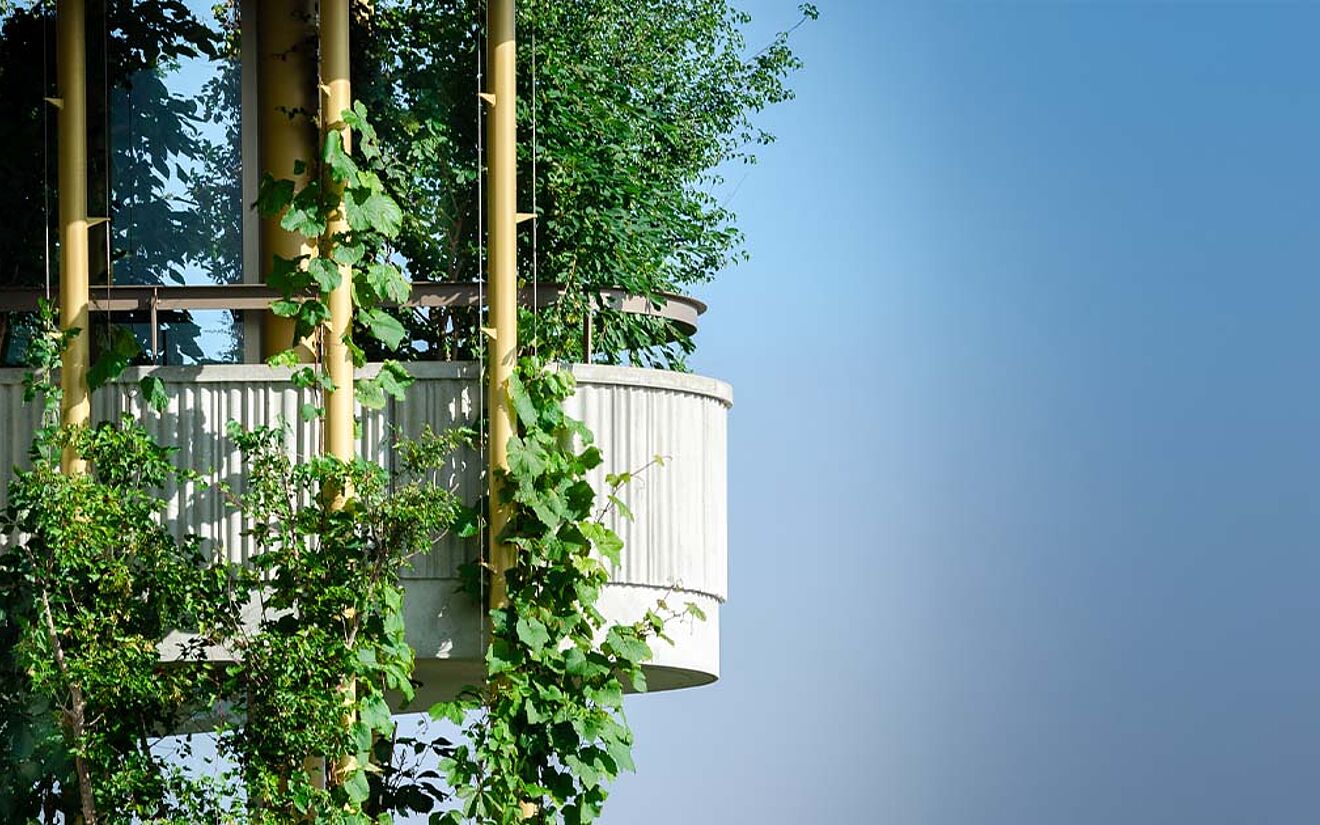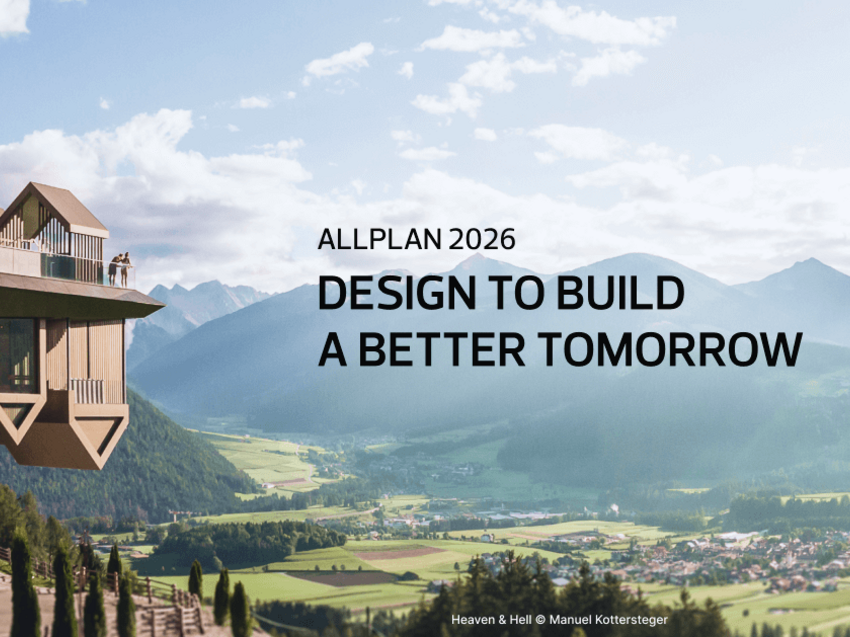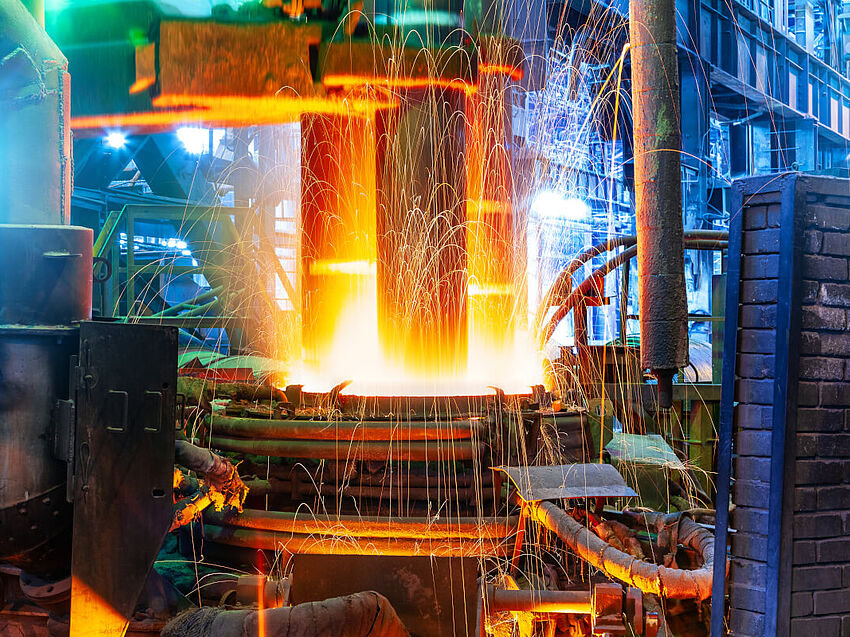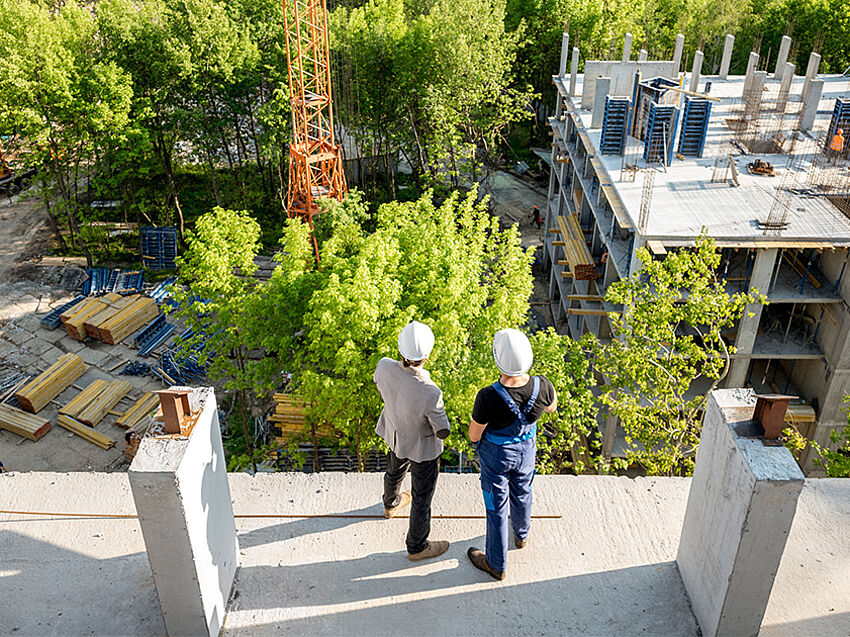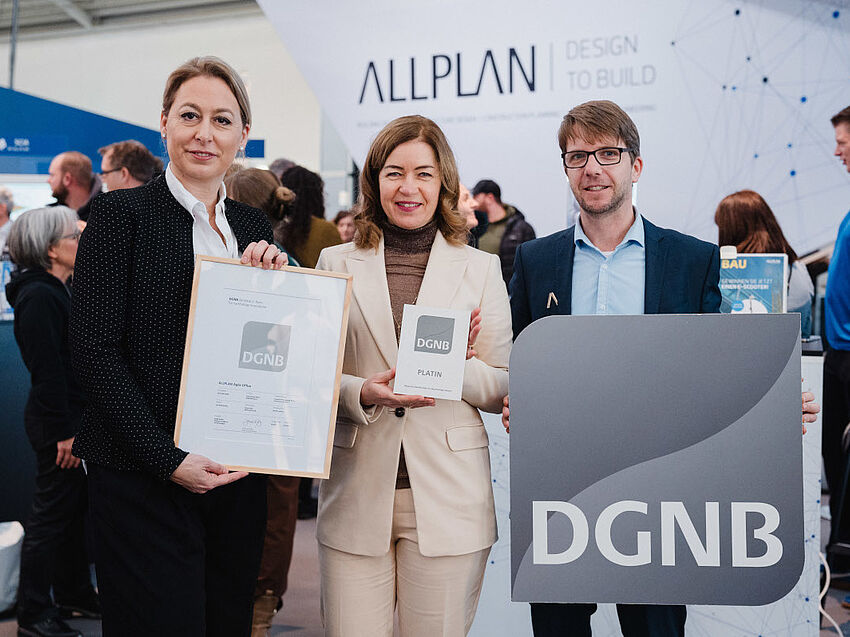Concrete is one of the most widely used building materials in the world and plays a central role in the construction industry due to its durability and versatility. However, its production is energy-intensive and releases large amounts of CO2. This is why experts are currently conducting extensive research into ways to make building with concrete more sustainable and environmentally friendly. This article shows what the most promising levers are and, at the same time, where the greatest challenges for greener concrete lie.
What influences the carbon footprint of concrete?
The main components of concrete are sand, gravel, water, and cement. The production of cement causes around five to eight percent of global CO2 emissions. If the cement industry were a country, it would be the fourth largest emitter of carbon dioxide in the world, according to the World Economic Forum.

Cement and its ecological impact
Cement, in turn, consists mainly of clinker, which is produced by heating limestone and clay at around 1450°C. This process not only consumes a significant amount of energy due to the extremely high temperatures, but also releases large quantities of CO2 as a result of the chemical reaction itself. Let us now take a closer look at these two factors:
1. Chemical reaction: Clinker is the result of the thermal decomposition of limestone and clay at around 1450°C in a cement kiln. This process is known as calcination and leads to the formation of calcium oxide and CO2. Calcination is an unavoidable chemical reaction and causes around 50 to 60% of the total CO2 emissions associated with cement production. These process emissions are particularly difficult to reduce as they cannot be eliminated by changing fuels or increasing efficiency.
2. Energy consumption during production: Around 40% of the total emissions come from burning fossil fuels to generate the high temperatures required for cement production. This energy consumption can be reduced through the use of renewable energies and more efficient technologies.

In summary, it is therefore important to start with cement and its production in order to build more sustainably with concrete. So, let's take a look at how the carbon footprint of cement and clinker can be improved.
Six paths to more climate-friendly cement
According to the Association of the Austrian Cement Industry, the industry is already successfully implementing numerous measures for greater sustainability:
1) Reduce clinker: Some of the clinker can be replaced by other materials that are more environmentally friendly or are already produced as industrial by-products. Portland cement clinker, for example, is replaced with fly ash, granulated blast furnace slag (GGBS), calcined clay or gypsum.
2) Modern production processes: If cement clinker is produced in rotary kilns with cyclone preheating systems, the waste heat generated during production can be used in the in-house production process to preheat fuel and raw materials. This reduces the total energy consumption for cement production. In addition, the remaining waste heat can be fed into surrounding district heating networks and thus contribute to the regional energy supply.
3) Alternative fuels: Instead of fossil fuels such as coal, crude oil, or natural gas, the cement industry is increasingly relying on alternative fuels such as plastic waste, old tires, or paper fiber residues.
The World Economic Forum points out further innovative possibilities:
> New cements: The development of clinker-free cements could significantly reduce emissions. Research is being carried out into alternatives to limestone, such as the extraction of cement from carbon-free calcium silicate rock, calcium silicate minerals, or the production of cement using an electrochemical process instead of heat. The Swedish company Cemvision, for example, recycles by-products from the mining and steel industries, which requires less energy and produces no waste.
> Recycled cement: A research team from Cambridge has succeeded in recycling cement clinker for the first time. This involves using electric arc furnaces to produce steel that can be reused. To remove unwanted substances, limestone is normally added and separated as slag. If recycled cement clinker paste is added instead, high-quality cement clinker is produced without the need for additional energy. The recycled cement is then used as usual for the production of new concrete. In this way, emissions can be significantly reduced. Find out more in this video.
> Carbon capture and utilization/storage (CCS): Carbon capture and utilization/storage is a method of capturing, utilizing, or storing CO2 from large sources such as power plants and industrial facilities in order to reduce emissions. The demand for CO2 for the chemical industry is expected to increase significantly. Carbon capture and utilization in cement production is particularly attractive, as CO2 is produced in very high concentrations. Carbon capture, utilization, and storage could reduce emissions from the cement industry by up to 36%. The Norwegian port city of Brevik was the first city in the world to commission a CCS plant at its cement works. The carbon is stored underground in the North Sea.
Innovative processes and new technologies also play a promising role when it comes to more environmentally friendly cement:
Bton's hybrid mixing technology makes it possible to reduce the need for clinker by up to 75% by mixing cement and water first before adding sand and gravel. Compared to conventional production methods, this reduces water requirements by 10% and results in 25% higher compressive strength and 100% faster early strength.
Another option is to reduce the amount of cement used. The German company Sonocrete has succeeded in reducing the amount of cement required by 30% by using ultrasound. In addition, the early strength of the concrete is increased fourfold.

Conclusion: whether less clinker, less cement, or less water, the innovative and sustainable use of raw materials is the order of the day.
Four ways to save resources when planning with concrete
Let's take the "reduce" idea a step further: concrete is particularly popular and widely used because of its durability and versatility. However, it is important to consider sustainability aspects as early as the planning phase and to save material where it makes sense to do so. The Concrete Information Center lists the following measures:
1. Lower ceiling thicknesses
With prestressed ceilings and high-strength concretes, low ceiling thicknesses can be achieved even with large spans. The prestressing reduces the deflection as well as the tensile stress on the concrete, which means that larger loads can be carried. High-strength concretes also enable slimmer cross-sections, which further reduces material consumption.
2. Reduce the amount of concrete
Ceiling systems with cavities or hollow bodies in areas with low structural demand help reduce the amount of concrete required. These systems are based on the principle that not all parts of the cross-section contribute equally to the load-bearing capacity. By omitting material from less stressed zones, they reduce weight and conserve resources.
3. Reduce the amount of reinforcement
Skeleton construction methods or floor frames can often help to reduce the amount of reinforcement. These construction methods distribute the loads efficiently to the load-bearing elements, which reduces the amount of steel required. Optimized load distribution leads to lower stresses and thus to a lower quantity of reinforcing steel.
4. High-strength concretes and smaller cross-sections
Slender column cross-sections are possible using high-strength concretes. These types of concretes make it possible to reduce the column cross-sections without compromising the load-bearing capacity. This results in a smaller amount of material and saves resources.
It's clear: even in the planning phase, a lot of material can be saved with a little know-how and the courage to try a different approach.
More sustainable precast concrete elements
When it comes to reducing material use, precast concrete elements are an essential part of the solution. Precast concrete parts are manufactured in a precast plant under consistent conditions, regardless of the weather. This results in increased precision and quality, and also offers numerous sustainability advantages in terms of :
Less waste: Production in controlled factories enables precise manufacturing and minimizes material waste. This leads to a more efficient use of resources and reduces the ecological footprint.
Material savings: The concrete cover and, in the case of columns, the necessary cross-section can also be reduced during production itself if there are sufficient factory quality controls. In addition, concrete of a higher strength class is often used for precast elements. Even if this initially means more CO2 per m3 of concrete, the absolute CO2 footprint of the component can often be reduced by reducing the component cross-section and making better use of the compressive strength.
Energy efficiency: Modern factories use advanced technologies to optimize energy consumption and reduce emissions. The use of renewable energies and energy-saving methods can further reduce CO2 emissions.

Less reinforcement thanks to mesh welding systems: Thanks to precise production, the reinforcement mesh can be designed to meet the exact requirements of the construction project. This can lead to optimized material usage, which reduces the need for reinforcing steel.
Reduced noise and dust pollution: Faster installation reduces the associated impact of construction site noise and dust.
Durability: Precast concrete elements are durable and resistant, which reduces the need for frequent repairs or replacements and thus conserves resources.
Thermal component activation: The pipes for heating or cooling are laid directly into the ceiling or wall element at the precast plant. Once the building has been completed, hot or cold water is fed through these pipes. When heating, the energy from the ceiling is emitted into the room as heat radiation. If the heat radiation hits objects or bodies, they are heated. The same principle can also be applied to cooling rooms. In combination with renewable energies and smart room thermostats, thermal component activation significantly reduces energy requirements during the building's use phase.
New hybrid combinations of wood and concrete as well as the increased pressure on the construction industry to take more measures towards sustainability will definitely influence prefabrication in 2025. Read more about the other trends that will shape the precast industry this year in this blog article.
Concrete and recycling
In line with the idea of "reduce, reuse, recycle", the reuse of concrete is also an important pillar of sustainability, according to Beton Dialog Austria. Old concrete structures are dismantled, processed into concrete and mixed granulate, and used as recycled old concrete for new construction projects. Typical applications include, for example, road construction or sidewalks.
In addition, the first pilot projects are already underway to investigate how precast concrete elements can be reused sensibly and safely. The EU project ReCreate has successfully demonstrated that the deinstallation and reuse of intact precast concrete elements is technically possible. In four pilot projects in Europe, load-bearing components such as beams, columns, and hollow core slabs were recovered from existing buildings and reused for new construction projects. The results show that the reuse of precast concrete elements can reduce CO2 emissions and energy consumption by up to 93-98% compared to the production of new precast concrete elements or the recycling of concrete.
Conclusion
The future of sustainable construction with concrete clearly lies in the combination of innovative technologies, well thought-out planning, and the responsible use of resources. The construction industry must make its contribution to a greener future – and it can succeed if it consistently pursues a sustainable approach.
